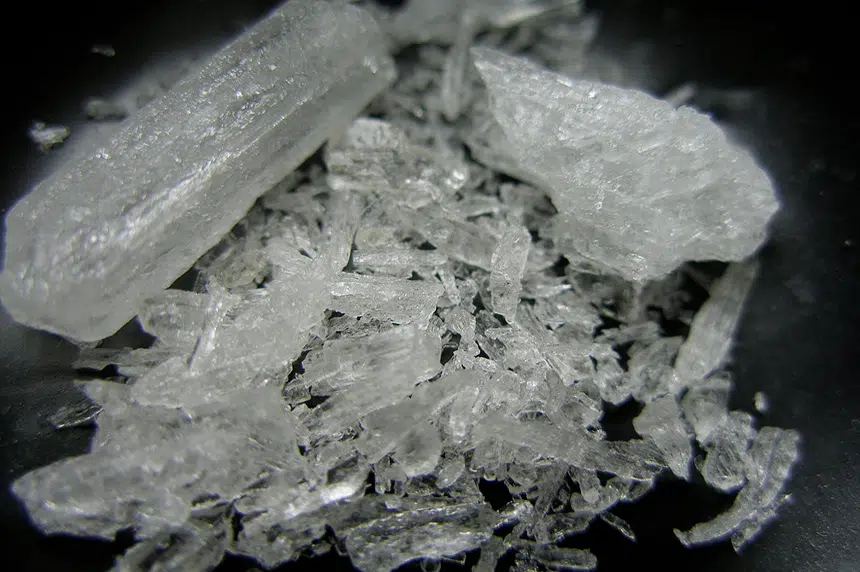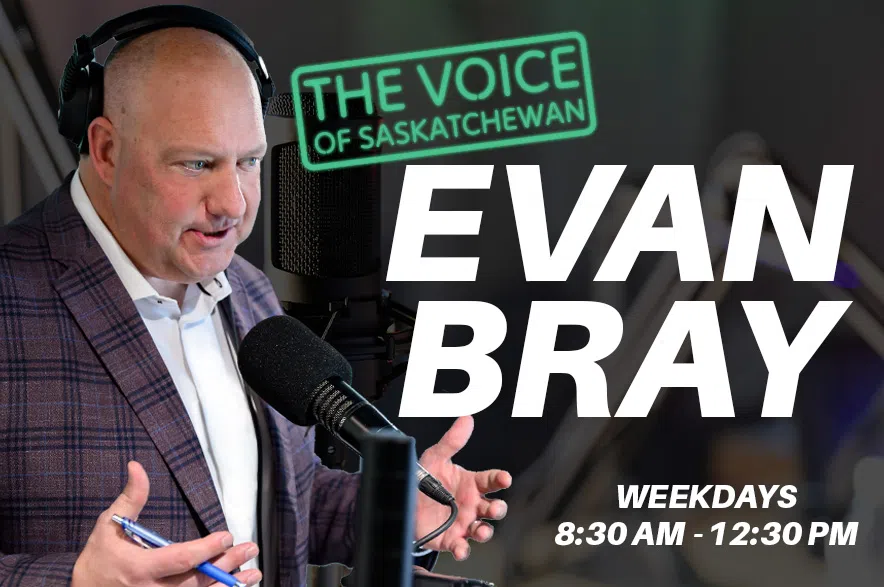A two-day forum in Saskatoon has community groups, addictions and mental health workers, law enforcement and others coming together to try and tackle the growing crystal meth crisis in Saskatchewan.
“I’ve worked with clients who are working with me to try and get their life back on track and they’ve had runs with crystal meth where they’ve been up for three, four, 10, 14 days,” said long-time addictions counsellor and consultant Dwayne Cameron.
Cameron was speaking Wednesday at the Crystal Meth Dialogue at Saskatoon’s Ramada Hotel. The event was organized by the Saskatchewan Indian Institute of Technology and Indigenous Services Canada.
He said a lack of adequate resources was making the meth problem harder to take on, with what little programming there is often better suited to treating other addictions.
Cameron gave the example of detox facilities. He said there are limited numbers of beds even available, with those that are generally geared towards seven- to 14-day stays.
“That works for other drugs. It doesn’t work for crystal meth where somebody’s (maybe) needing three weeks to really get their feet back on the ground,” Cameron said.
Detox is just the first step in treatment. Cameron said the next stages also suffer from a lack of facilities, staff and programs.
“The case management piece and helping them to connect with community resources and get stable in the community — we just don’t have enough of them,” he said.
He said Saskatchewan’s Indigenous people and communities are the hardest hit by the meth crisis.
“We’re seeing an over-representation of Indigenous people who are involved in addiction and part of it is directly related to the pain they’ve experienced through residential school and those kinds of things,” he said.
Cameron said there was a need for more and better programming rooted in Indigenous culture.
“It’s about building a positive community and support around them. And lots of them have lost their culture in a way, through their life experience. And regaining that back gives them an extra sense of belonging and reconnection,” he said.
Ex-addict credits cultural practices with helping turn life around
Tala Tootoosis said returning to Indigenous cultural ceremonies and healing practices helped pull her out of crystal meth addiction back in 2003.
She said her first experience using meth was at a party with a friend as she was trying to get over a bad break-up.
“(It was) just like eating a bunch of chocolate and drinking coffee. So I figured it was fine,” she said. “It wasn’t that bad of a drug.”
Within a few months, she was completely hooked and walking the streets of Prince Albert every day looking for a fix.
“I was extremely addicted, getting high every day. Four or five day binges. Not sleeping, not eating for four or five days. Completely homeless,” she said.
She lost her job, her vehicle and had her young daughter taken away by social services. She said the decision to get clean came after a four-day meth binge with some friends that saw them visit a neighbouring town and then return to a house she didn’t remember staying at.
“I was tired of being itchy, I was itchy all the time, sketchy, I couldn’t sit still. I was paranoid,” she said. “That’s when I knew something was wrong.”
She said her parents and her grandparents took her back in on the condition that she work to get sober. That included both standard Western treatment and taking part in weekly pipe ceremonies and other rituals such as sweat lodges and sun dances.
“I learned to pray for myself. Learned to calm my mind. Learned to centre myself and ground myself. And I continue to do so today to stay sober,” she said.
Now working as a counsellor herself after just over 15 years clean and sober, Tootoosis said she was attending this week’s dialogue mainly to get the latest information in her field and swap ideas with colleagues.
She said she hoped sharing her experience would help show there is hope for those struggling with addiction.
“I think that’s important for people to have hope. To have an understanding of what people can look like after recovery and what their life can look like,” she said.











